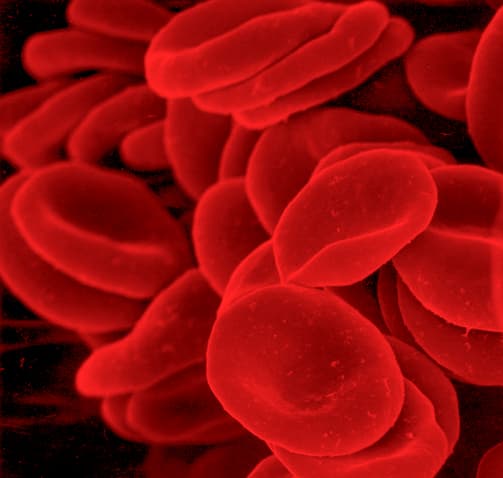Non-specific defences of the human body against pathogens
I can describe defences of the human body against pathogens including physical, chemical and microbial defences, and phagocytosis.
Non-specific defences of the human body against pathogens
I can describe defences of the human body against pathogens including physical, chemical and microbial defences, and phagocytosis.
These resources will be removed by end of Summer Term 2025.
Switch to our new teaching resources now - designed by teachers and leading subject experts, and tested in classrooms.
These resources were created for remote use during the pandemic and are not designed for classroom teaching.
Lesson details
Key learning points
- The human body has defences against infection that work against all pathogens (are not targeted at specific pathogens).
- Physical defences include the skin, hairs and cilia.
- Chemical defences include tears, saliva and stomach acid.
- Microbial defences are provided by microorganisms on, and in, our bodies that compete against pathogens.
- White blood cells called phagocytes are part of the immune system and engulf and destroy pathogens by phagocytosis.
Keywords
Pathogen - A microorganism that causes disease.
Immune system - A system of defences in the body, including white blood cells, which protects against pathogens.
Platelets - Components of the blood which help blood to clot and seal wounds.
White blood cell - A type of cell in the blood that is part of the immune system and responds to pathogens.
Phagocytosis - When a white blood cell engulfs, digests and destroys a pathogen.
Common misconception
All blood cells protect us against pathogens.
White blood cells are part of the immune system that protects us against pathogens. Red blood cells transport oxygen to cells. Platelets are not cells, but they do help to protect against pathogens by helping to seal wounds.
To help you plan your year 11 biology lesson on: Non-specific defences of the human body against pathogens, download all teaching resources for free and adapt to suit your pupils' needs...
To help you plan your year 11 biology lesson on: Non-specific defences of the human body against pathogens, download all teaching resources for free and adapt to suit your pupils' needs.
The starter quiz will activate and check your pupils' prior knowledge, with versions available both with and without answers in PDF format.
We use learning cycles to break down learning into key concepts or ideas linked to the learning outcome. Each learning cycle features explanations with checks for understanding and practice tasks with feedback. All of this is found in our slide decks, ready for you to download and edit. The practice tasks are also available as printable worksheets and some lessons have additional materials with extra material you might need for teaching the lesson.
The assessment exit quiz will test your pupils' understanding of the key learning points.
Our video is a tool for planning, showing how other teachers might teach the lesson, offering helpful tips, modelled explanations and inspiration for your own delivery in the classroom. Plus, you can set it as homework or revision for pupils and keep their learning on track by sharing an online pupil version of this lesson.
Explore more key stage 4 biology lessons from the Defences against pathogens, the human immune system and vaccination unit, dive into the full secondary biology curriculum, or learn more about lesson planning.

Equipment
None required.
Content guidance
- Depiction or discussion of sensitive content
Supervision
Adult supervision recommended
Licence
Starter quiz
6 Questions


Exit quiz
6 Questions
a scab forming to prevent infection
eyes producing tears that contain enzymes to break down pathogens
the microbiota




